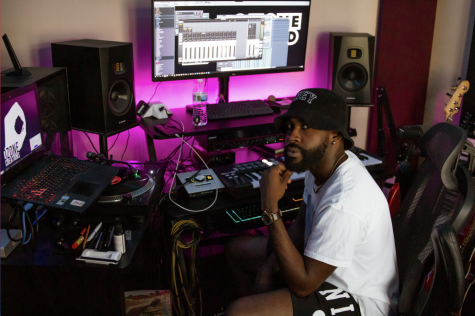A new study found that between 2005 and 2020, the percentage of single family rentals increased by over 10% in North Minneapolis, Southeast Como and parts of St. Paul, with Southeast Como’s rentals changing due, in part, to an aging homeowner population and localized investor landlords.
The Urban Institute researchers published a report titled “Who Owns the Twin Cities?” in which they investigated who owns homes across the metro area and how property ownership has changed over recent decades. They found there has been a growing number of investor landlords, or landlords who own more than three properties, and an increase in single-family rentals. As a result, poor and BIPOC residents have been displaced.
Some investor landlords in Southeast Como are Go Gopher, Miles Group and Elmwood Properties.
“One thing we definitely know is that investors like to concentrate their focus,” said Yonah Freemark, senior research associate on the project. All three companies condense their rentals to the neighborhoods surrounding the University of Minnesota, including Southeast Como.
The increase in investor landlords
The report found that investor landlords are concentrated in North Minneapolis, Brooklyn Center, Central St. Paul and Como.
“Of these rental homes, an increasing number are owned by major corporations, typically incorporated outside of the Twin Cities,” the report said.
Tony Damiano, a University of Minnesota post-doctoral research fellow who helped with the project, said the foreclosure crisis in the late 2000s impacted North Minneapolis heavily. He said that in their research, the project team mainly focused on North Minneapolis and St. Paul.
“The foreclosure crisis disproportionately impacted communities of color through predatory lending practices, which then resulted in huge amounts of foreclosures that took place on the north side,” Damiano said.
Banks and governments ended up with many foreclosed houses that they did not know what to do with.
“This often resulted in bulk sales of multiple homes, oftentimes below market value to large institutional investors,” Damiano said.
These investors then either sold them or rented them out. Southeast Como sees this same pattern of investors buying homes to rent, but in a different way.
In Southeast Como, investor landlords tend to buy houses from the aging homeowner population, said DeWayne Townsend, co-chair of the Southeast Como Improvement Association Land Use and Development Committee.
“What’s concerning is that when you have a senior citizen who’s been living in a house on a fixed income for 60 years and now has to go to a nursing home, the family is left with this house. They just want to get rid of it,” Townsend said. “They don’t want to have to update it or bring it up to code or any of that stuff. They just want it out of their hands.”
Townsend watched this happen to the property next to him. After his elderly neighbor sold his home to a corporation, the house changed. Townsend said before, it was a single-family house that had potential to be a starter home, but after construction, it had tons of bedrooms which catered to UMN student renters.
Another difference between investor landlords in Southeast Como and North Minneapolis is where they live. In the student-heavy neighborhood, the majority of landlords live within 25 miles of their rental properties, meaning they’re within the Twin Cities area, according to Townsend.
In contrast, the three largest investors in the Twin Cities are nationally owned corporations based elsewhere in the country, according to the report. The fourth largest is based in Bloomington, but works nationally.
With the rise in investor landlords, there is potential for exploitation of tenants. “Who Owns the Twin Cities?” included research on investor-owned single-family rentals in Southern California that found many tenants experience poor management, increased rent and higher rates of eviction.
Miles Group, a local investor landlord, has had problems maintaining their properties, with multiple rentals having city code violations.
“To some degree [investor landlords provide] more opportunities for people to live in neighborhoods that historically required people to own,” Freeman said. “At the same time, they may have some negative attributes like reducing the number of homes available for purchase.”






